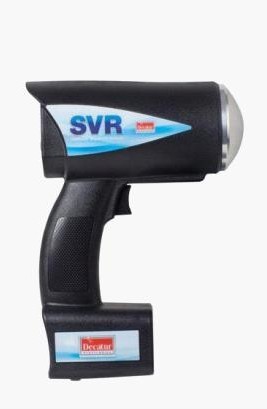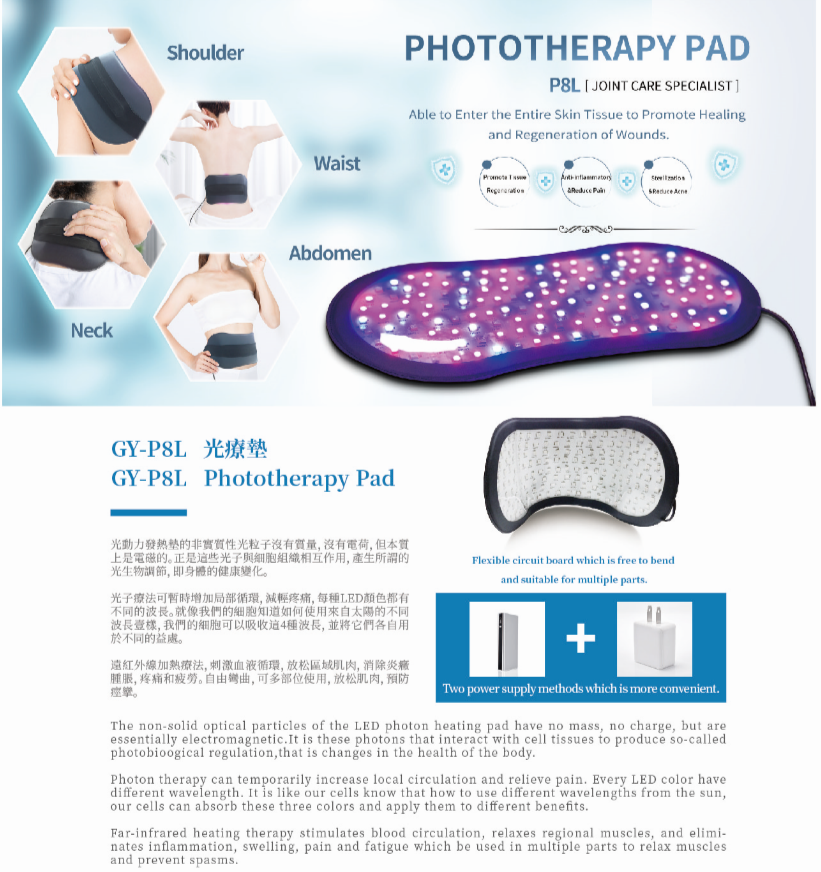Frequently asked questions when measuring radio wave meters
Frequently asked questions when measuring radio wave meters
Q: Why is my surface speed measurement reading much higher than the last reading?
A: If the water surface is smooth, not rough or the roughness is small, the SVR may not receive enough return radar energy from the surface. Try to approach the surface measurement, or measure in the presence of turbulence, roughness or even floating objects.
Q: I just completed a measurement and switched to another area of ​​the river. The current measurement results seem to vary greatly.
A: Check to see if the horizontal (offset) angle compensation has been adjusted. At high flow rates, incorrect or inappropriate angle inputs can cause large differences in speed readings.
Q: The water is of good roughness and the surface is corrugated, but the radar gun readings are still high and/or well below my expectations.
A: Make sure not to be too far from the water surface when measuring. The specific distance is sometimes difficult to determine because the measurement is a function of the amount of semaphore returned to the radar gun. The returned signal is directly related to the distance of the radar gun from the water surface and the roughness of the water surface. The closer the radar gun is to the water surface, the better the measurement is even at low water flow rates. You need to point to the same place in multiple measurements. Try to minimize the horizontal (deviation) angle in the measurement. In addition, different vertical (downward) angles are taken in multiple measurements to determine the consistency of the readings. Make sure to hold the radar gun firmly and keep the angle constant during the measurement.
Q: I am measuring the water flow rate below 2fps (.60m/s), but the reading is higher than expected.
A: Check the impact of wind on the water surface. Wind may affect the measurement of low velocity water flow (eg, water flow below 2fps / 0.60m / s). If possible, measure in two directions, one direction is the direction of water flow to the radar gun, and the other is the direction of water flow away from the radar gun. Try pointing the radar gun at the same location for measurement.
Q: I measured the surface speed when I was flooding. The water flow is very fast, the water is turbulent, the water surface is rough, and there are many debris and floating objects. Can SVR be used to obtain accurate measurement results in this case?
A: Yes. The turbulent water flow, coupled with floating objects on the surface, provides a good return signal for the radar. Note that in this case, the radar gun will read multiple speeds of different sizes and sizes. The radar gun measures these speeds and gives an average speed.
Q: During the measurement, the speed value changes every 5 seconds.
A: The interval between radar gun measurements is 60 seconds. When the first measurement is displayed on the screen, the result is the result of multiple sampling of the surface speed of the radar gun. (The radar gun stores the data values ​​in a first-in, first-out memory buffer.) As the radar continues to sample, it discards the old speed value and replaces it with new samples, then averages all previous values ​​again. The sampling process is performed every 5 seconds at intervals of 60 seconds. This is because the water pressure will change. The radar gun samples the surface water and then provides an average of ten water flow velocities, each of which is the result of sampling over a 5 second period. After 60 seconds, the radar gun averages 10 values ​​to arrive at the final speed value.
Q: When measuring, the readings appear high and low.
A: Make sure the position of the radar gun is stable while measuring. Tilt sensors that compensate for vertical (lower) cosine velocity errors are very sensitive. If the radar gun is vibrated or bumpy, it will result in an incorrect angle reading.

 Red light therapy treatments supercharge your cells with the natural light they need to make more energy. Our cells need natural light to function, just like they need water and nutrients from food. Red light therapy allows you to supplement the light you get from your environment with concentrated wavelengths of red and near infrared light.
Red light therapy treatments supercharge your cells with the natural light they need to make more energy. Our cells need natural light to function, just like they need water and nutrients from food. Red light therapy allows you to supplement the light you get from your environment with concentrated wavelengths of red and near infrared light.
Red light therapy works by boosting your energy production at a cellular level. Healthy, natural light stimulates the mitochondria, the powerhouse of the cell, and enhances the cellular respiration process that makes ATP (adenosine triphosphate) energy. Humans make ATP every day, and it fuels everything we do. The more energy our cells can make, the better our bodies look, heal, feel, and perform.
Red light therapy has also been found to enhance blood circulation, reduce the body`s inflammation, and encourage antioxidant production.
infrared therapy light,red led light,red light therapy near me,led red light,red light at night
Shenzhen Guangyang Zhongkang Technology Co., Ltd , https://www.lighttherapymachine.com